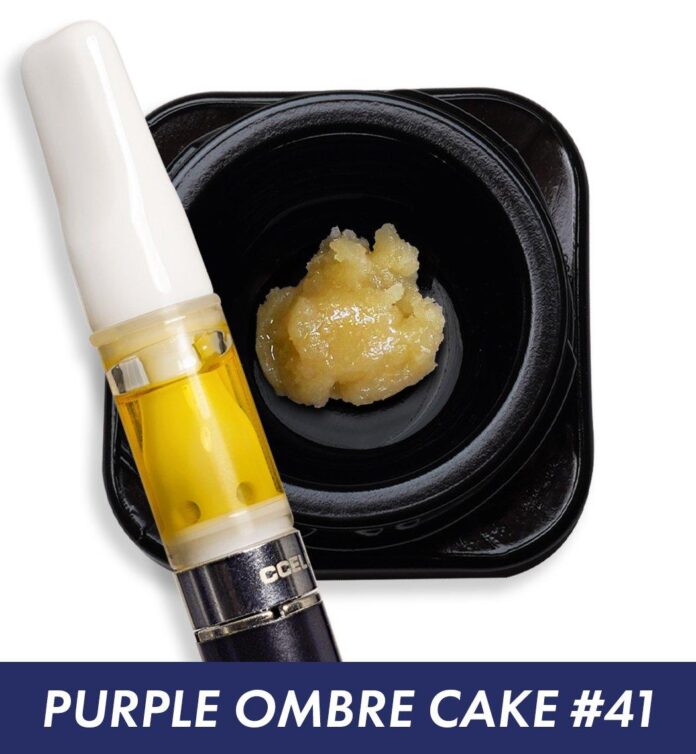In the world of cannabis concentrates, the vocabulary can be as rich and diverse as the plants themselves. Among the myriad of terms that enthusiasts and connoisseurs encounter, “rosin” and “hash rosin” stand out, often sparking curiosity and debate. While both are celebrated for their purity and potency, they stem from distinct processes that cater to different preferences and uses.In this article, we’ll delve into the nuanced differences between rosin and hash rosin, exploring their unique characteristics, production methods, and the experiences they offer. Whether you’re a seasoned aficionado or a curious newcomer, understanding these two forms of extract can enhance your appreciation of marijuana’s artful transformations. Join us as we uncover the subtleties that separate rosin from its hash-infused counterpart, illuminating the path to informed consumption.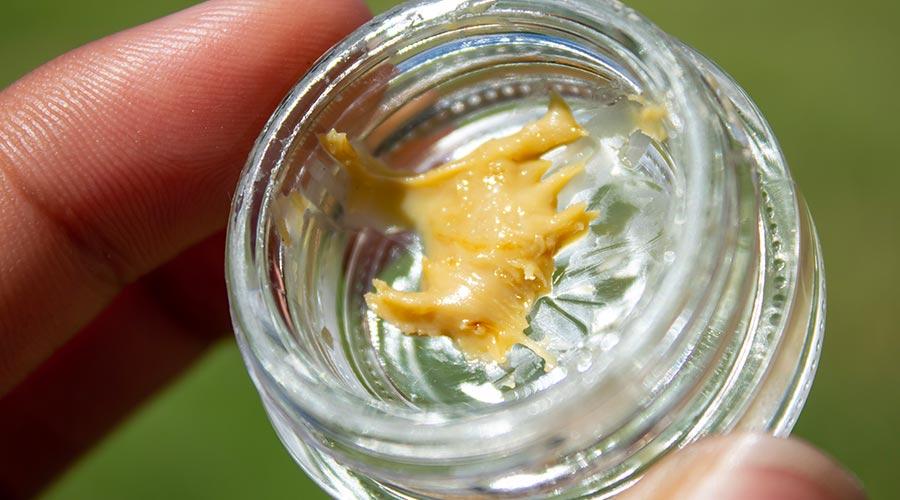
Understanding the basics of Rosin and Hash Rosin
When diving into the world of cannabis concentrates, it’s essential to understand the different types and methods used to derive them. Rosin is a popular concentrate created by applying heat and pressure to cannabis flower or trim. This simple, solventless extraction method ensures a pure product without the need for chemical solvents. The resulting rosin is a thick, sticky substance that boasts a robust profile of terpenes and cannabinoids, making it a favorite among connoisseurs. The method can be easily replicated at home with the right equipment, such as a rosin press, or can be sourced from dispensaries.
Conversely, hash rosin elevates this concept by starting with customary hash as its base ingredient. Instead of extracting directly from the plant material, hash rosin relies on the concentrated trichomes isolated during the hash-making process. This variant frequently enough results in a more potent and flavorful product due to the concentrated nature of the starting material. It’s an excellent choice for those looking to experience an enhanced terpene profile along with a powerful cannabinoid punch. The extraction process, similar to regular rosin, utilizes heat and pressure, ensuring a solventless product that preserves the essence of the original hash.
To clarify the differences, consider the following comparison:
| Feature | Rosin | Hash rosin |
|---|---|---|
| Base Material | Cannabis flower or trim | Hash (extracted from trichomes) |
| Texture | Thick and sticky | More malleable and can crumble |
| Flavor Profile | Bold and robust | intense and concentrated |
| Potency | Moderate to high | High to very high |
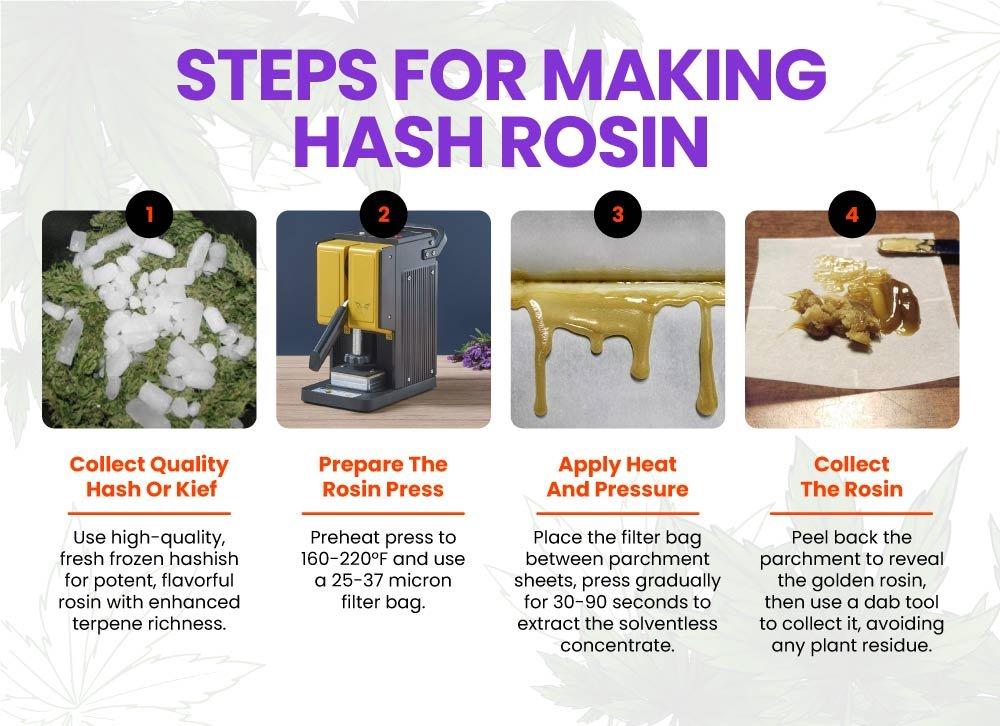
Examining the Extraction Processes Behind Each
Understanding the methods used to extract rosin and hash rosin reveals notable differences that contribute to their unique properties and uses. Rosin is derived through a simple heat and pressure process applied to cannabis flower, which transforms the plant’s resin into a sticky, sap-like substance. The extraction process typically involves:
- Heat application: to soften the plant material.
- Compression: Using a hydraulic press to squeeze out the rosin.
- Collection: Gathering the resulting resin from the parchment paper used in the process.
Conversely, hash rosin incorporates an additional step of creating bubble hash before applying heat and pressure. This method is typically preferred for those seeking a more refined product and involves:
- Water extraction: Ice and water are used to separate cannabinoids and trichomes from the cannabis plant.
- Drying: The resultant hash is dried thoroughly to remove moisture.
- Pressing: Similar to rosin, the dried hash is then pressed to yield hash rosin.
The difference in extraction methods leads to variations in the final product that are worth noting. In a comparative analysis, one might consider the following:
| characteristic | Rosin | Hash Rosin |
|---|---|---|
| Extraction Complexity | Simple (heat & pressure) | Complex (involves water extraction) |
| Purity | Generally high | Higher due to trichome separation |
| Flavors and Aromas | rich, direct from the flower | Enhanced, showcasing unique terpene profiles |
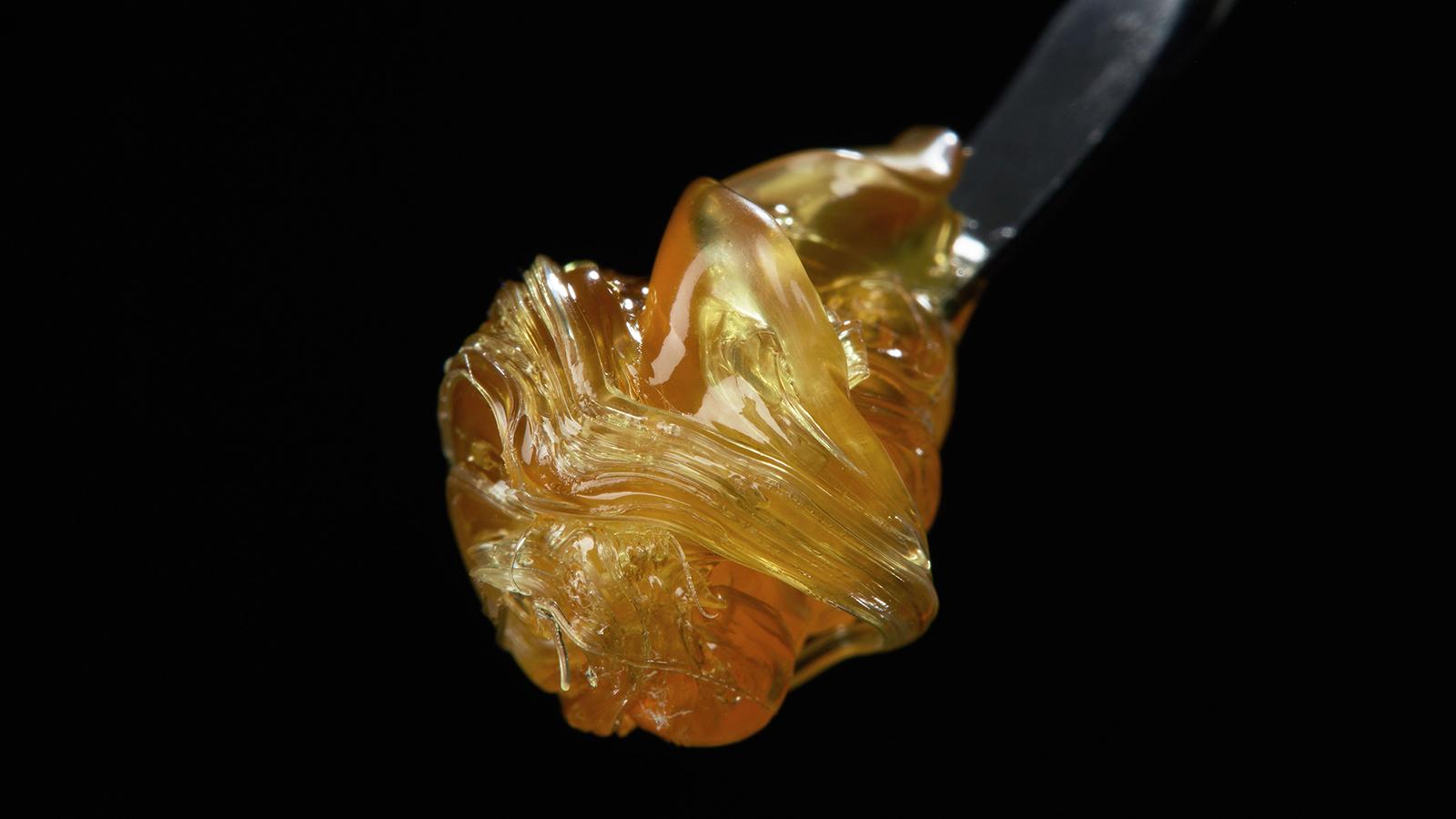
Comparative Quality Analysis of Rosin and Hash Rosin
The quality of rosin and hash rosin can be characterized by several key factors that significantly differentiate the two products. Rosin, derived from heat and pressure applied to cannabis resin, is known for its potent cannabinoid profiles. In contrast, hash rosin, made by applying heat and pressure to bubble hash, offers a purer extraction method, preserving a broader range of terpenes. This extraction technique allows for a more complex flavor profile, frequently enough leading to a richer experience for the consumer.
When comparing the physical attributes and appearances of both substances, notable differences emerge. Rosin typically has a more translucent, waxy texture, while hash rosin can present as a more vibrant, golden hue, often resembling high-quality oils. These visual cues can be critical indicators of quality for connoisseurs aiming to select top-tier extracts. Some aspects to consider include:
- Color: Rosin frequently enough presents a paler shade compared to hash rosin.
- Texture: Hash rosin tends to be more versatile in texture, offering a variety of forms from viscous to crumbly.
- Residue: Hash rosin generally leaves less residue compared to traditional rosin.
| Aspect | Rosin | Hash Rosin |
|---|---|---|
| Extraction Method | Heat and Pressure | Heat and Pressure on Bubble Hash |
| Flavor Profile | strong and Characteristic | Complex and Varied |
| Purity Level | Good | Higher |

The Influence of Strain Selection on Flavor and Effects
Strain selection plays a pivotal role in determining the flavor profile and overall effects of cannabis extracts like rosin and hash rosin. Different strains impart unique flavors and potencies, influenced by their terpenes and cannabinoids. Here are some factors influencing the outcomes:
- Terpene Composition: The distinctive aroma and flavor come from terpenes, which vary significantly among strains. for example, a strain high in myrcene may yield earthy, musky notes, whereas one rich in caryophyllene might exude a spicy, peppery scent.
- Cannabinoid Levels: the balance between THC and CBD, among other cannabinoids, affects not just the flavor but also the psychoactive and therapeutic effects experienced.A high-THC strain might provide more intense cerebral effects,while a CBD-rich strain could induce relaxation without intense euphoria.
- Growing Conditions: Factors like soil quality, cultivation methods, and environmental conditions also come into play. A strain grown under optimal conditions may produce a more robust flavor and a consistent effect profile compared to one grown under stress.
Furthermore, the extraction method can influence the sensory experience derived from rosin and hash rosin.Rosin, typically made by applying heat and pressure to cannabis flower, may retain more volatile terpenes, resulting in a flavorful, aromatic product, while hash rosin, extracted from ice-water hash, sometimes boasts a more concentrated essence of the strain. The extraction process can also impact the potency and viscosity of the final product:
| Method | Flavor | Potency | Texture |
|---|---|---|---|
| Rosin Extraction | Vibrant & Fruity | High THC | Sticky & Viscous |
| Hash Rosin Extraction | Earthy & Rich | Balanced THC/CBD | Smooth & Creamy |
Ultimately, the interplay between strain selection, extraction method, and further processing techniques significantly contributes to the overall experience of rosin and hash rosin. By understanding the characteristics of each strain and how they translate through various methods of extraction,users can better appreciate the nuanced flavors and effects that each product imparts.This knowledge enhances the cannabis experience, allowing consumers to select products that suit their preferences and desired outcomes more precisely.
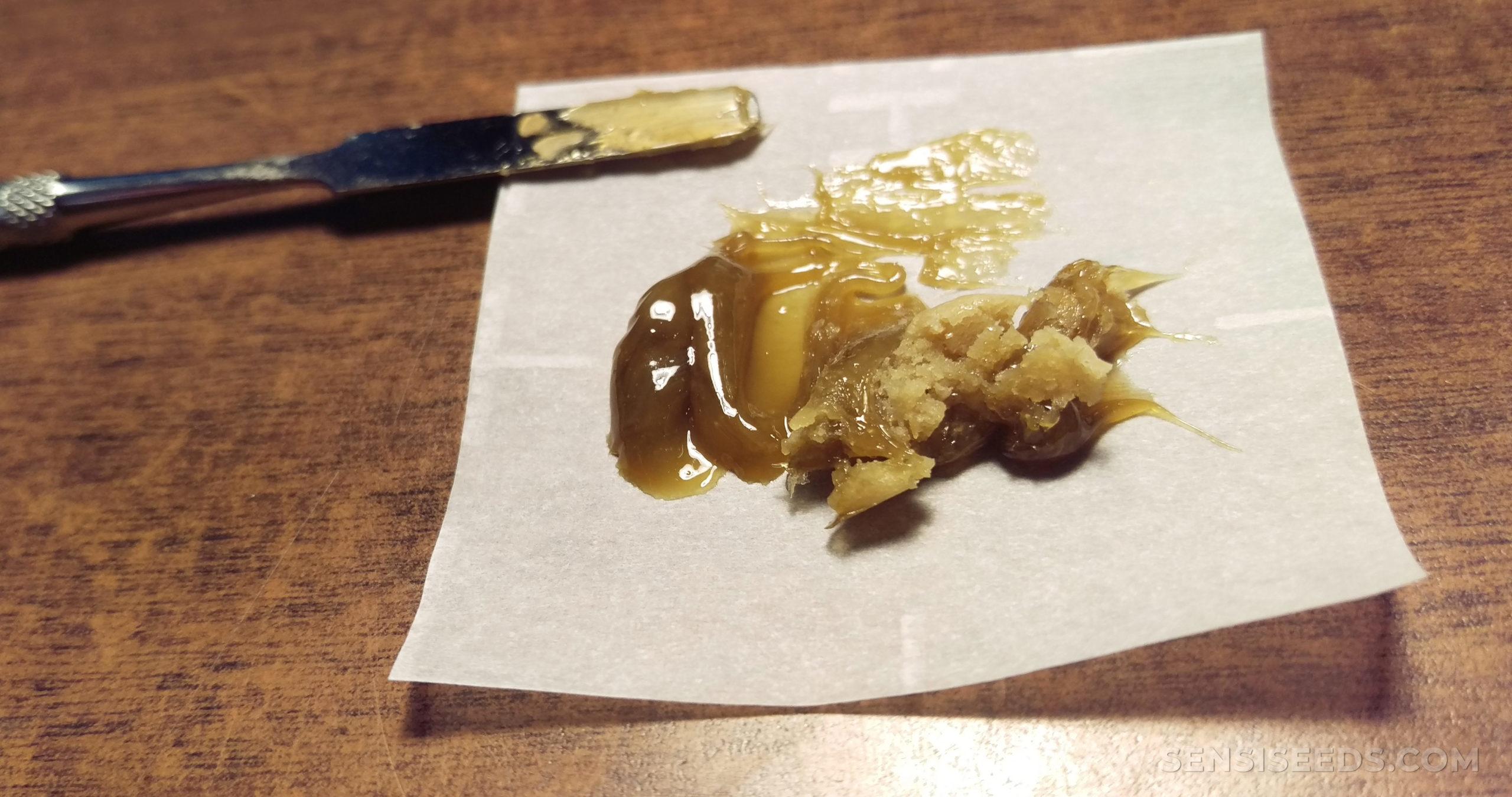
Recommended Uses: When to Choose Rosin or Hash Rosin
When deciding between rosin and hash rosin, it’s essential to consider the desired effects and the context in which you plan to use either substance. Rosin is an excellent option for those seeking a more accessible extraction method, providing a clean and potent concentrate through heat and pressure alone. It is particularly popular among users who value a straightforward production process and want to avoid solvents.When looking for something versatile for dabbing or adding to flower, rosin shines due to its relatively easier preparation and availability.
On the other hand, hash rosin offers a nuanced experience that can be ideal for connoisseurs and those appreciating the intricacies of cannabis strains. As it is derived from bubble hash, which utilizes ice water extraction to preserve the plant’s full spectrum of cannabinoids and terpenes, hash rosin is often richer in flavor and aroma. This makes it a fantastic choice for users who prioritize taste and therapeutic benefits, particularly when enjoying features like a full-bodied high or specific medicinal properties in enhanced effects.
To make an informed decision, here’s a rapid comparison to guide you:
| Factor | Rosin | Hash Rosin |
|---|---|---|
| Preparation | Heat & Pressure | Ice Water Extraction + Heat & Pressure |
| Flavor | Robust & Clean | Rich & Complex |
| Potency | Moderate to high | High |
| Best For | General Use | Discerning Consumers |
Ultimately, the choice between rosin and hash rosin boils down to personal preference and intended application.If you’re seeking a reliable and easily accessible option, rosin may be your go-to. however, for those who enjoy exploring the depth and richness of cannabis flavors, hash rosin stands out as a premium choice, appealing to the palate and the senses alike.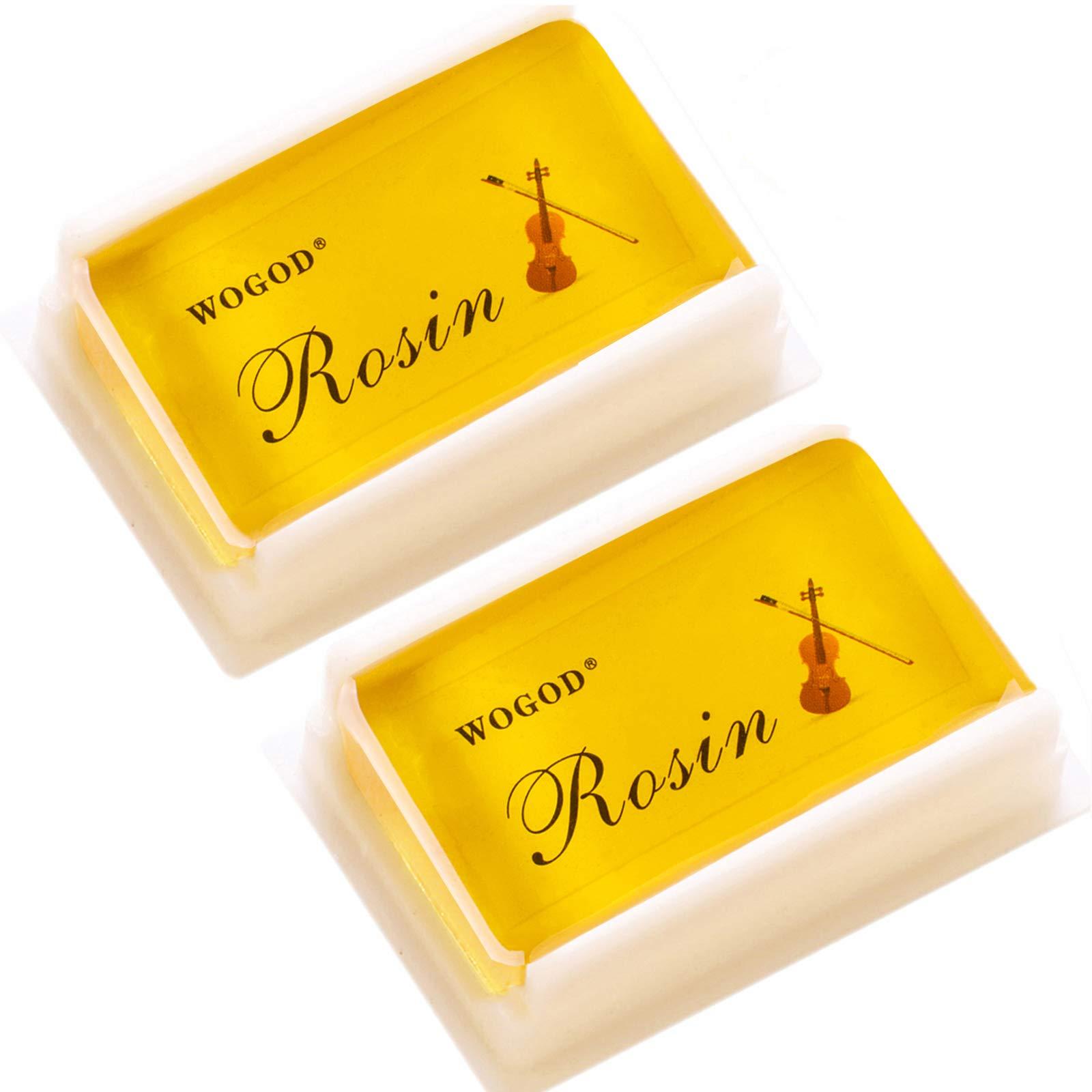
Tips for Proper Storage and Preservation of Both products
When it comes to storing rosin and hash rosin, environmental conditions play a crucial role in preserving their quality. Both products should ideally be kept in a cool, dark place to prevent degradation due to heat and light exposure. Consider using a temperature-controlled environment to maintain consistency, as fluctuations can impact their potency and flavor. It’s also wise to keep them away from humidity, which can lead to mold formation, especially in hash rosin.
Utilizing appropriate containers greatly enhances the longevity of your products. Opt for glass jars or silicone containers that are airtight. This will help prevent air exposure, which can cause oxidation and loss of terpenes. When storing rosin, keep it in small portions to avoid repeated exposure to air each time you open the container. For hash rosin, consider using parchment paper to separate layers, minimizing contact and preserving texture.
Lastly, labeling your containers is essential for association and proper usage. Make a note of the strain, extraction method, and the date of storage to track potency and freshness effectively. Use a simple table to visually manage your collection:
| Product Type | Best Storage Method | Shelf Life |
|---|---|---|
| Rosin | Airtight glass jar | 6-12 months |
| Hash Rosin | silanized parchment paper in glass | 6-12 months |
Closing Remarks
the distinction between rosin and hash rosin lies not only in their extraction methods but also in their unique characteristics and experiences they offer to consumers. while both are celebrated for their purity and potency, rosin appeals to those seeking a straightforward extraction process, while hash rosin offers the rich complexity derived from a more intricate method. As the cannabis industry continues to evolve, understanding these nuances helps enthusiasts and novices alike make informed choices. Whether you’re enjoying the crisp notes of rosin or the full-bodied flavors of hash rosin, appreciating the craftsmanship behind each product can deepen your connection to this remarkable plant. Ultimately, the choice between rosin and hash rosin reflects individual preferences, paving the way for a diverse and enriching consumption experience.


